How Can You Manage What You Don’t Measure?
In our last blog post, we took you inside a radical advance in private wireless network design that accelerates the benefits and eliminates the limitations, opening powerful new use cases. The next challenge is to manage that connectivity for optimal performance.
The Improvement Machine
You surely know the bit of business wisdom that says, “you can’t manage what you don’t measure.” It is attributed to W. Edward Deming, the engineer, consultant, and business theorist who introduced Total Quality Management to manufacturing.But Deming never said it. In fact, he called the idea a myth. The person that we are all misquoting is legendary business writer and consultant Peter Drucker, who wrote, “If you can’t measure it, you can’t improve it.” There is a world of difference between managing a process and improving it.
Most private wireless networks come with network management systems (NMS) that let managers configure, monitor and manage the network. You can acquire an NMS for a Wi-Fi or private cellular network. Savvy customers make sure that the NMS can integrate a variety of software and hardware, provide scalability, and offer reliable performance management capabilities. Those factors become part of the purchase decision along with the characteristics and costs of the network itself. But is it enough just to manage the network? For a typical office or campus network, probably so.
When that network serves a complex environment and is mission-critical to operations, probably not. Certainly not for an automated factory or warehouse where machines need to exchange data and robots roam. Nor for an operating theater where surgeons wear augmented reality goggles to precisely visualize what they are doing in the patient’s body. Nor for a high-pressure process plant linked to its digital twin or for security surveillance and personnel at a crowded stadium, where uninterrupted data and voice service is essential.
Those are applications for which XCOM RAN was designed: facilities with challenging environments for RF signal propagation, and facilities where the network must adapt to frequent change. For these places, the XCOM RAN NMS becomes a real operational improvement.
Knowledge is Power
XCOM RAN NMS does the things you would expect. A single pane of browser-based glass lets you manage network configuration, user equipment (UE), operations and software. The NMS simplifies network setup and the addition of remote radio units. It monitors performance, sets rules for quality of service, and sends alerts to faults. It even supports integration with 5G Cores and runs on its own separate CPU to keep it from affecting network performance.What turns our NMS into a network improvement system is its ability to measure and display over 300 3GPP-defined metrics captured from the DU and CU, and to compare them with KPIs. This gives you truly granular control and the ability to tweak network layout and coding for best performance as conditions change. Statistics on aggregate cell levels, both current and historical, give you a 50,000-foot view of capacity across the network. And with XCOM RAN, that cell data tells a big story, because its unique technology combines multiple radio units into one high-capacity “supercell” that covers your entire operation without handovers or interference.
Our XCOM-RAN has been instrumented with a code that outputs detailed metrics about the performance of various parts of the installation. These metrics are then streamed through an Open Telemetry protocol to a time series database. The NMS Dashboard queries this database frequently to display various performance statistics.
On the main dashboard, we have Cell Uplink Scheduled Throughput and Cell Downlink Scheduled Throughput, so that end users can see how much data is being sent over the air. This enables the end user to quickly be able to see if there are spikes or drops in throughput. On the main page, we have many other indicators including:
- SAS Status – are we authorized to transmit currently?
- Core connectivity – Is the connection with the NGC up and does the NGC report that the connection is healthy?
- BBU Health – Is the BBU up and running, and are all components reporting that they are healthy?
- How many licenses have been used
- How many devices are online and/or active at the current time
 XCOM RAN NSM Dashboard
XCOM RAN NSM Dashboard
Mr. Deming may have been right that trying to measure everything in a business can be futile. Business is not driven just by metrics but by the human qualities of vision, passion, persistence, and teamwork. But when it comes to getting optimum performance from a mission-critical wireless network, Mr. Drucker had it right. The better you can measure it, the more likely your NMS is to deliver the improvements you need.
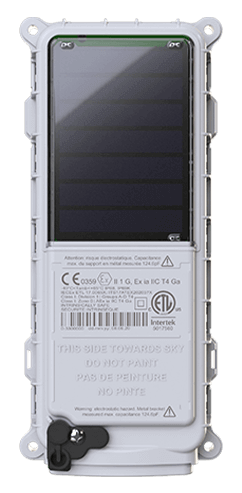 SmartOne Solar
SmartOne Solar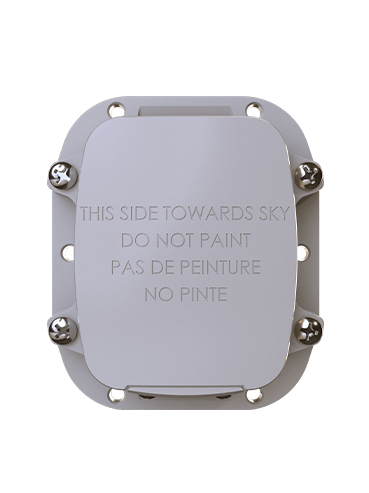 SmartOne C
SmartOne C ST100
ST100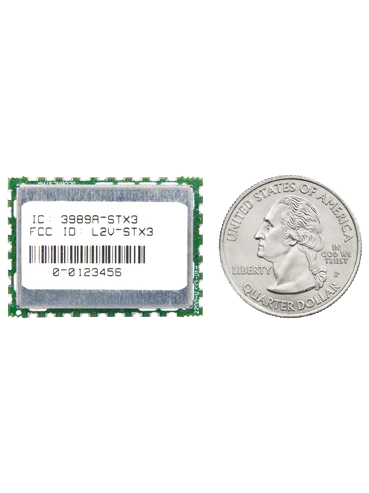 STX3
STX3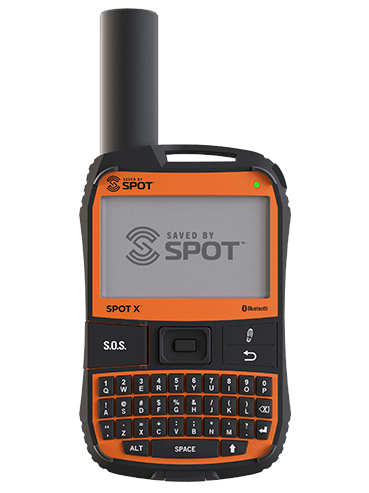 SPOT X
SPOT X SPOT Gen4
SPOT Gen4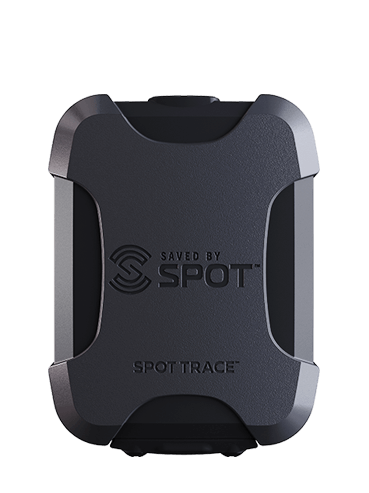 SPOT Trace
SPOT Trace